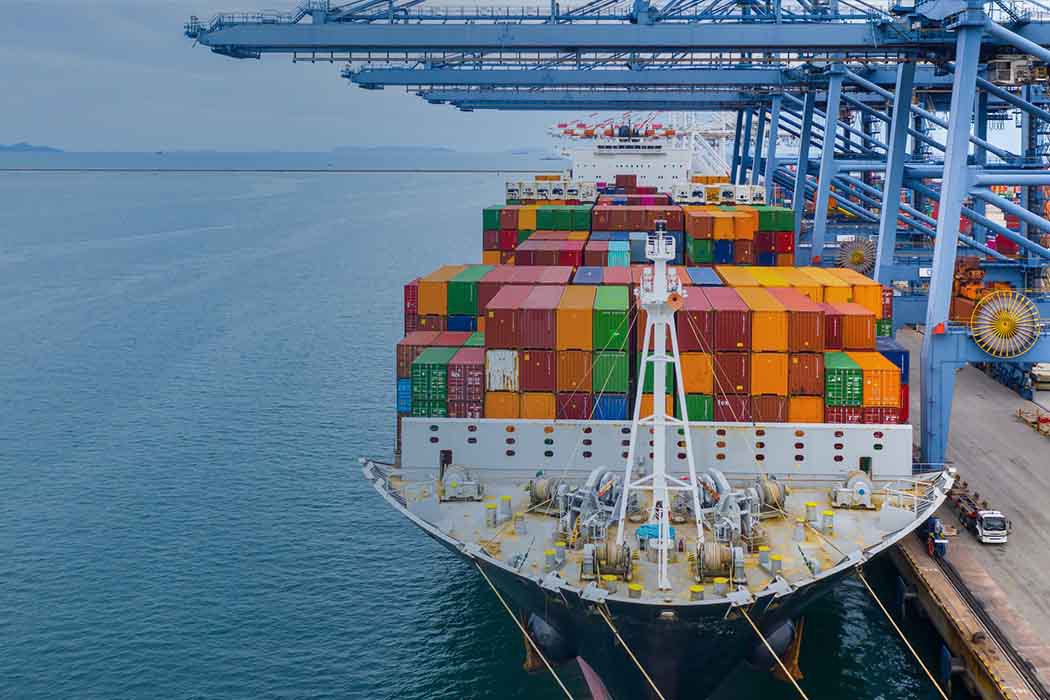
For the past year and a half, many shippers suddenly found themselves fighting for space on the water and in the air. And now, almost as quickly as the fight for capacity began, the market shifted again. Today, depending on the region, shippers are facing new and ongoing challenges to navigate, such as inland congestion, geo-political changes, overflowing warehouses, port delays, blank sailings, and more.
As supply chains continue to become more complex, I wanted to share three best practices to help optimize your global shipping strategies for the new year.
First, keep in mind that not all lanes and markets are created equal. While demand for capacity has lessened in the majority of global trade lanes over the past few months, that’s not the case for all markets. For example, the U.S. export market actually saw an increase in demand for shipments, experiencing a mini-peak this past fall. Additionally, certain lanes to/from Oceania did not experience the same drastic demand softening as other large regions, like Asia, so availability and rates were much different.
So, why does this matter for planning? Because a healthy global supply chain strategy is diversified across modes and lanes, with a mix of contractual and spot pricing for the nuances and unique market conditions of each region. Even with more open capacity on many trade lanes, continue to strive for a 4–6-weeks lead time for ocean shipping, and give notice as soon as possible for air freight. Zero congestion in one area of the supply chain doesn’t mean you won’t face it in another.
Rely on the market insights and expertise from your supply chain partner to stay up-to-date on the nuances of each region, mode, and trade lane.
Reducing costs will be a top priority. According to a 2022 survey of large shippers, 62% said the pressure to reduce supply chain costs is a top pain point, and we don’t see that changing in 2023.
There are variety of strategies to consider for your business, some easier to implement than others. Even if you don’t have the ability to do a major overhaul of your strategy, sometimes simple changes to your strategy can result in big savings.
For example, cargo consolidation is an easy place to start to obtain better rates and cargo security. Or new technology tools like this duty refund tool that helps cut out the manual work to find savings on U.S. imports. Other tactics, such as effectively using Incoterms®, utilizing PO management, and leveraging your transportation providers business intelligence reporting may take longer to implement, but the end goal will be worth it.
The list above is just a start. To dive deeper, review these 10 actions you can take in your 2023 planning.
Finally, pay attention to the economic indicators. These past couple of years might have felt like a whirlwind. Your main goal was to keep your head above water, manufacturing running, or shelves stocked. Now that you can catch your breath, it’s time to refocus on forecasting. Managing inventory based on the economic indicators and locating those inventories closer to the end user is going to be paramount, especially in an increasingly complex logistics environment. If you’re not sure where to start, the right technology and data can help you identify the economic impacts, inventory to sales ratios, and more.
While there are great supply chain strategies available, there is not a one-size-fits-all answer in logistics. Your business’s supply chain is unique and it requires equally unique strategies. While I’ve outlined a few high-level areas you should consider, the best thing to do is meet with your supply chain partner to identify the right strategies and opportunities based on your business goals.



